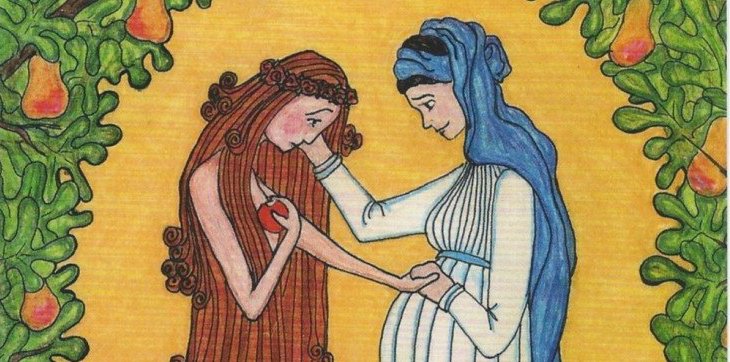By Matthew Y. Emerson and R. Lucas Stamps
One of our favorite images that circulates on social media during Advent depicts Eve and Mary both gazing at Mary’s swollen abdomen, a belly pregnant with the Life of the World, Jesus. Eve, clearly still crestfallen over her and Adam’s choice, holding the Forbidden Fruit, and entangled at her feet with the Serpent to whom she listened, is being directed in her gaze and in her touch away from her own choice and toward the Fruit of Mary’s womb, toward the presence of the Most High who has come in flesh to save His people, Israel. Mary’s feet are depicted not as entangled by the Serpent but as crushing his head.
Login to read more
Sign in or create a free account to access Subscriber-only content.
